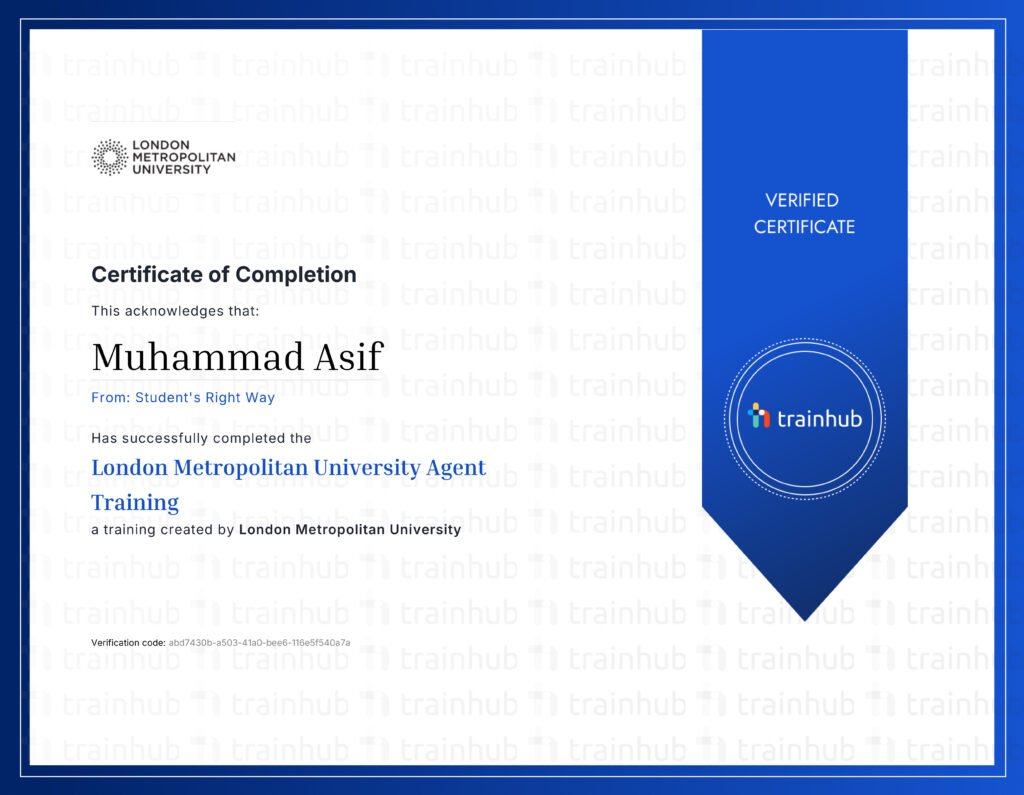Understanding Digital Marketing in the E-commerce Landscape
Digital marketing is a multifaceted approach that leverages various online platforms and techniques to promote products and services. In the realm of e-commerce, where competition is fierce and consumer attention spans are short, digital marketing serves as a crucial conduit between businesses and their potential customers. Its components include social media marketing, email marketing, content marketing, and search engine optimization (SEO), each playing a significant role in enhancing an e-commerce website’s performance.
Social media marketing utilizes platforms like Instagram, Facebook, and Twitter to engage with customers and build brand awareness. These platforms offer targeted advertising options, allowing businesses to reach specific demographics and interests, thereby driving traffic to their e-commerce sites. Email marketing, on the other hand, focuses on nurturing customer relationships through personalized communication. By sending tailored offers, updates, and newsletters, businesses can maintain a direct line with their audience, encouraging repeat purchases and fostering loyalty.
Content marketing involves creating valuable, relevant content to attract and retain a clearly defined audience. This can include blog posts, videos, infographics, and more, all designed to provide useful information that resonates with potential customers. Effective content marketing not only boosts brand authority but also improves SEO rankings, making it easier for customers to find the business online. SEO itself is a critical component, involving the optimization of website content and structure to rank higher in search engine results pages (SERPs). By targeting relevant keywords and ensuring a user-friendly website, businesses can significantly enhance their online visibility.
The dynamic nature of digital marketing means that strategies must continually evolve to stay effective. Consumer behaviors and technological advancements are in constant flux, requiring businesses to be adaptable and innovative in their digital marketing efforts. This adaptability ensures that e-commerce platforms can consistently meet consumer expectations and preferences, ultimately driving more traffic and improving conversion rates. In essence, digital marketing is not just about visibility but also about creating meaningful connections with customers, thus serving as the backbone of any successful e-commerce venture.
SEO: The Backbone of Digital Marketing for E-commerce
In the realm of digital marketing, Search Engine Optimization (SEO) stands as a cornerstone for e-commerce success. SEO encompasses a range of strategies designed to enhance a website’s visibility on search engines like Google. At the heart of SEO lies keyword research, an essential process that involves identifying the terms potential customers use to search for products. Effective keyword research ensures that an e-commerce website aligns its content with user intent, thereby improving its chances of appearing in relevant search results.
On-page optimization is another critical aspect of SEO. This involves optimizing individual web pages to rank higher and earn more relevant traffic. Key elements include meta tags, headings, URL structures, and internal linking. High-quality content, infused naturally with relevant keywords, further bolsters on-page SEO, making the website more appealing to both search engines and users.
Technical SEO, which focuses on the backend structure of a website, is equally important. Factors such as site speed, mobile-friendliness, secure connections (HTTPS), and proper indexing can significantly impact search engine rankings. A technically sound e-commerce site ensures that search engine crawlers can efficiently index the site, leading to better visibility.
A well-optimized e-commerce website attracts organic traffic, which is crucial for achieving higher conversion rates. Organic visitors, who find the site through unpaid search results, tend to be highly targeted and more likely to convert into paying customers. Case studies have shown that businesses investing in SEO see a substantial increase in both traffic and sales.
The landscape of SEO is constantly evolving, with new trends and best practices emerging regularly. Mobile-first indexing, where Google predominantly uses the mobile version of the content for indexing and ranking, has become essential. Voice search optimization is also gaining traction, as more users turn to voice-activated devices for their search queries. Enhancing user experience (UX) by ensuring fast loading times, intuitive navigation, and engaging content is imperative for retaining visitors and reducing bounce rates.
Incorporating these SEO strategies into an e-commerce digital marketing plan can significantly improve online visibility and drive business growth. By staying abreast of the latest trends and continuously refining their SEO tactics, e-commerce businesses can maintain a competitive edge and achieve long-term success.
Leveraging Social Media and Content Marketing to Drive Engagement
In the competitive landscape of e-commerce, leveraging social media and content marketing is crucial for building a robust online presence. Social media platforms such as Facebook, Instagram, Twitter, and Pinterest offer unique opportunities to connect with target audiences, promote products, and generate leads. These platforms are not only channels for direct communication but also act as amplifiers for your content, helping to increase brand visibility and engagement.
Creating high-quality, SEO-friendly content is vital for resonating with users and encouraging them to share your material. This involves understanding your audience’s interests and pain points and crafting content that addresses these areas. Whether it’s a blog post, video, infographic, or user-generated content, the key is to provide value. For instance, a well-crafted blog post optimized for relevant keywords can improve search engine rankings and drive organic traffic to your e-commerce site.
Social media marketing strategies should include consistent content posting, engaging with followers, and leveraging analytics to refine your approach. Visual platforms like Instagram and Pinterest are particularly effective for e-commerce businesses due to their emphasis on imagery. High-quality photos and videos showcasing your products can capture attention and drive traffic to your online store. Additionally, interactive content such as polls, quizzes, and live videos can foster community engagement and build brand loyalty.
Developing a comprehensive content marketing strategy involves planning and executing various content types that cater to different stages of the customer journey. Blog posts can address awareness and consideration stages by providing informative and educational content. Videos and infographics can simplify complex information, making it more digestible and shareable. User-generated content, such as reviews and testimonials, can significantly impact purchasing decisions by adding authenticity and trustworthiness to your brand.
Ultimately, the integration of social media and content marketing into your digital marketing strategy can significantly boost your e-commerce business. By consistently delivering valuable, SEO-friendly content and actively engaging with your audience on social media, you can drive higher engagement rates, increase brand visibility, and convert potential customers into loyal patrons.
Measuring Success: Analytics and ROI in Digital Marketing
In the realm of e-commerce, the ability to track and measure the effectiveness of digital marketing efforts is crucial. Analytics tools play a pivotal role in helping businesses understand their performance and make data-driven decisions. Among these tools, Google Analytics stands out as a comprehensive solution for monitoring website traffic, user behavior, and conversion rates. By utilizing such tools, businesses can gain insights into how their digital marketing strategies are performing and adjust them accordingly to optimize results.
Conversion rates are a fundamental metric for e-commerce businesses, indicating the percentage of visitors who complete a desired action, such as making a purchase or signing up for a newsletter. High conversion rates are often the result of effective digital marketing campaigns and indicate that the marketing messages are resonating with the audience. Similarly, click-through rates (CTR) measure the effectiveness of online advertisements and email marketing campaigns by showing the percentage of users who click on a link compared to the total number of users who view the ad or email. A higher CTR typically signifies a more engaging and relevant marketing message.
Another critical metric is customer lifetime value (CLV), which estimates the total revenue a business can expect from a single customer over the course of their relationship. Understanding CLV helps e-commerce businesses focus their digital marketing efforts on high-value customers and tailor their strategies to improve customer retention and loyalty. Additionally, tracking ROI is essential for determining the financial effectiveness of marketing campaigns. By comparing the revenue generated by a campaign to the costs incurred, businesses can assess whether their digital marketing investments are yielding the desired returns.
Continuous monitoring and optimization are essential for achieving a positive ROI in digital marketing. Setting realistic goals and regularly analyzing data allows businesses to identify areas for improvement and adjust their strategies accordingly. For instance, if an e-commerce site notices a high bounce rate on certain product pages, it can investigate potential issues, such as page load times or content relevance, and make necessary adjustments. By leveraging analytics and making informed, data-driven decisions, businesses can enhance their digital marketing strategies and drive e-commerce growth.


